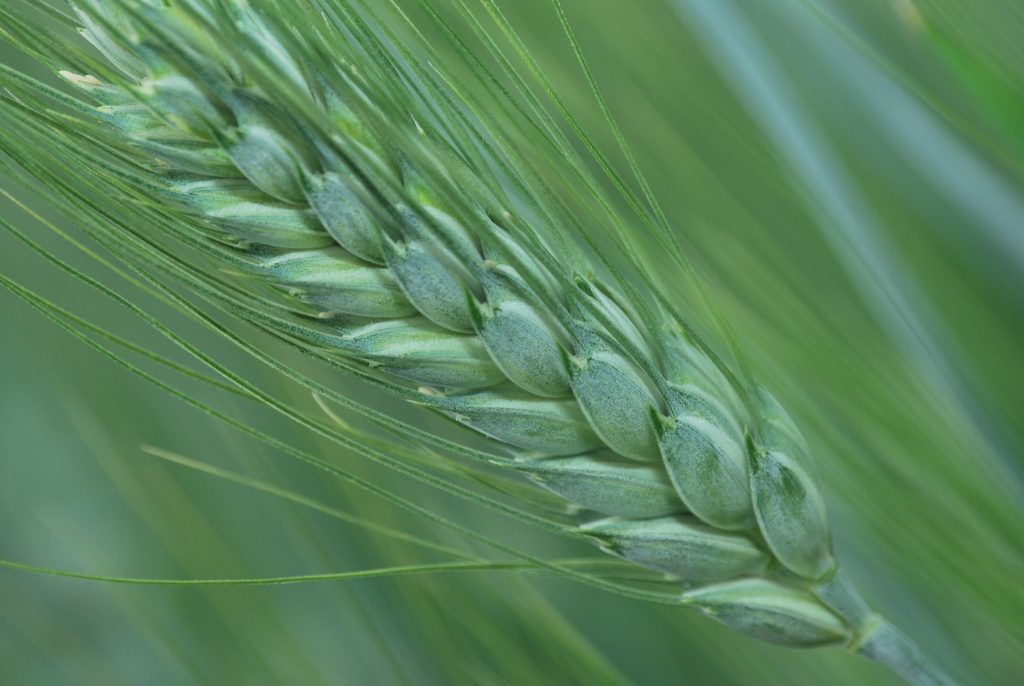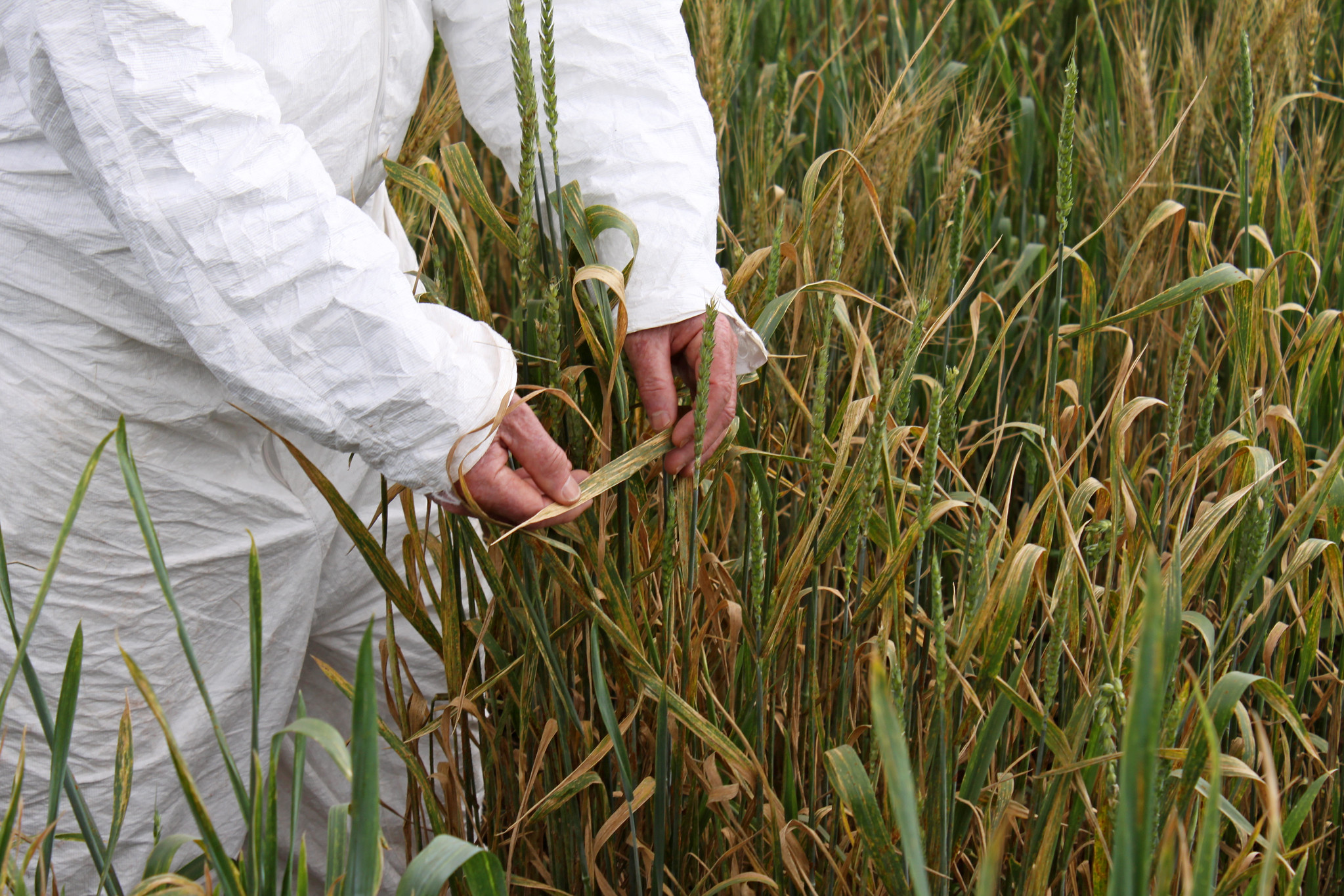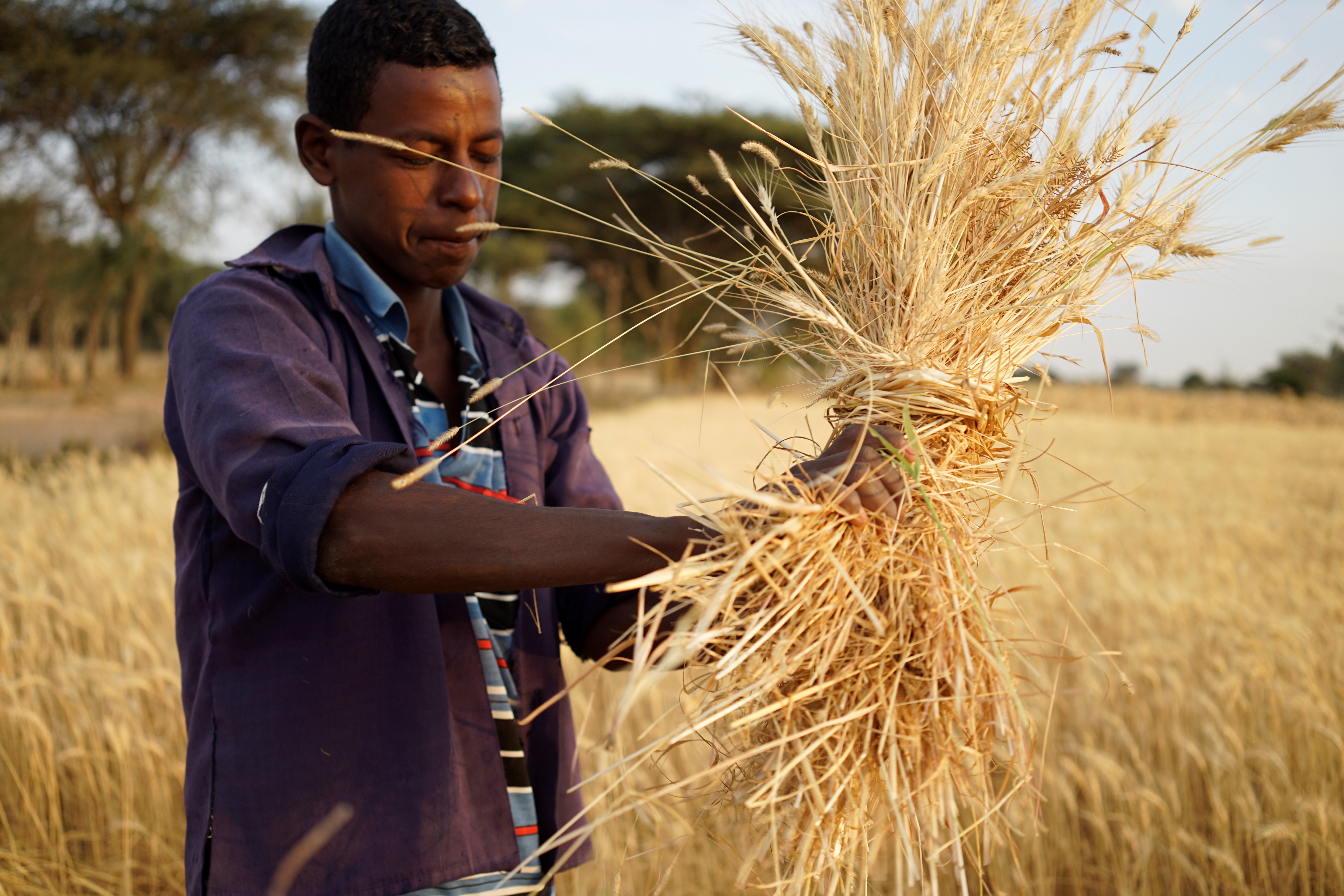
In a landmark discovery for global wheat production, an international team led by the University of Saskatchewan and including scientists from the International Maize and Wheat Improvement Center (CIMMYT) has sequenced the genomes for 15 wheat varieties representing breeding programs around the world, enabling scientists and breeders to much more quickly identify influential genes for improved yield, pest resistance and other important crop traits.
The research results, just published in Nature, provide the most comprehensive atlas of wheat genome sequences ever reported. The 10+ Genome Project collaboration involved more than 95 scientists from universities and institutes in Australia, Canada, Germany, Israel, Japan, Mexico, Saudi Arabia, Switzerland, the UK and the US.
“It’s like finding the missing pieces for your favorite puzzle that you have been working on for decades,” said project leader Curtis Pozniak, wheat breeder and director of the USask Crop Development Centre (CDC). “By having many complete gene assemblies available, we can now help solve the huge puzzle that is the massive wheat pan-genome and usher in a new era for wheat discovery and breeding.”
“These discoveries pave the way to identifying genes responsible for traits wheat farmers in our partner countries are demanding, such as high yield, tolerance to heat and drought, and resistance to insect pests,” said Ravi Singh, head of global wheat improvement at CIMMYT and a study co-author.
One of the world’s most cultivated cereal crops, wheat plays an important role in global food security, providing about 20 per cent of human caloric intake globally. It’s estimated that wheat production must increase by more than 50% by 2050 to meet an increasing global demand.
The study findings build on the first complete wheat genome reference map published by the International Wheat Genome Sequencing Consortium in 2018, increasing the number of wheat genome sequences almost 10-fold, and allowing scientists to identify genetic differences between wheat varieties.
The research team was also able to track the unique DNA signatures of genetic material incorporated into modern cultivars from wild wheat relatives over years of breeding.
“With partners at Kansas State University, our CIMMYT team found that a DNA segment in modern wheat derived from a wild wheat relative can improve yields by as much as 10%,” said Philomin Juliana, CIMMYT wheat breeder and study co-author. “We can now work to ensure this gene is included in the next generation of modern wheat cultivars.”
The team also used the genome sequences to isolate an insect-resistant gene called Sm1, that enables wheat plants to withstand the orange wheat blossom midge, a pest which can cause more than $60 million in annual losses to Western Canadian producers.
“Understanding a causal gene like this is a game-changer for breeding because you can select for pest resistance more efficiently by using a simple DNA test than by manual field testing,” explained Pozniak.
The 10+ Genome Project was sanctioned as a top priority by the Wheat Initiative, a coordinating body of international wheat researchers.
“This project is an excellent example of coordination across leading research groups around the globe. Essentially every group working in wheat gene discovery, gene analysis and deployment of molecular breeding technologies will use the resource,” said Wheat Initiative Scientific Coordinator Peter Langridge.
Read the full press release from the University of Saskatchewan.
RELATED PUBLICATIONS:
Multiple Wheat Genomes Reveal Global Variation in Modern Breeding
FOR MORE INFORMATION, OR TO ARRANGE INTERVIEWS, CONTACT THE MEDIA TEAM:
Marcia MacNeil, Communications Officer, CGIAR Research Program on Wheat, CIMMYT. M.macneil@cgiar.org
Victoria Dinh, Media Relations, Univeristy of Saskatchewan, Victoria.dinh@usask.ca
ABOUT CIMMYT:
The International Maize and What Improvement Center (CIMMYT) is the global leader in publicly-funded maize and wheat research and related farming systems. Headquartered near Mexico City, CIMMYT works with hundreds of partners throughout the developing world to sustainably increase the productivity of maize and wheat cropping systems, thus improving global food security and reducing poverty. CIMMYT is a member of the CGIAR System and leads the CGIAR programs on Maize and Wheat and the Excellence in Breeding Platform. The Center receives support from national governments, foundations, development banks and other public and private agencies. For more information visit www.cimmyt.org
ABOUT CDC:
The Crop Development Centre (CDC) in the USask College of Agriculture and Bioresources is known for research excellence in developing high-performing crop varieties and developing genomic resources and tools to support breeding programs. Its program is unique in that basic research is fully integrated into applied breeding to improve existing crops, create new uses for traditional crops, and develop new crops. The CDC has developed more than 400 commercialized crop varieties.

 Climate adaptation and mitigation
Climate adaptation and mitigation 
